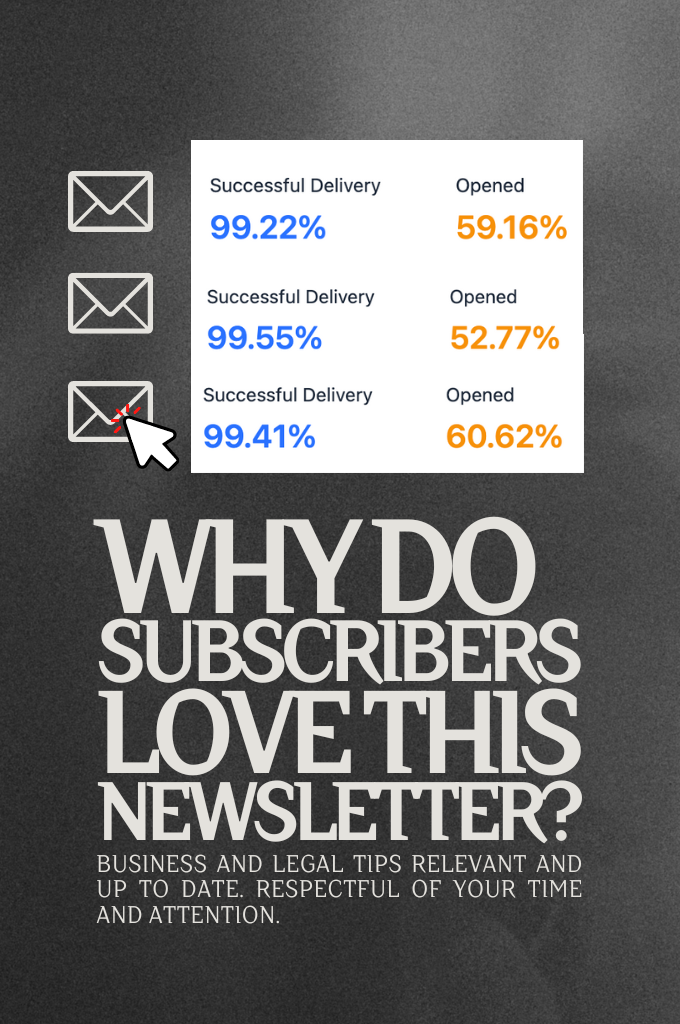3025% Profit? LOL, no.
Profit, margin, markup… What’s the difference?
I saw a video by a YouTube creator “Ronnie’s Workshop” talking about how he made a wood-working project and sold it for a “3,025% Profit!” This is impossible, because you cannot have over 100% profit (and, if we want to get geeky, you can’t have 100% profit, but let’s not bring calculus into this).
Ronnie stands there, holding a scrap of wood with a smug look on his face and I couldn’t help but wince. He made the classic blunder of confusing “profit” with “markup.” Also, for extra measure, he mixed in the additional error of confusing “net” and “gross” margin.
You’ve heard me talk about profit a lot. It’s important, because it’s how business owner’s get paid, and I think getting paid is important.
So let me help clear up these important terms.
Markup
When I was growing up, my family ran concession stands. My dad would buy Snickers bars at Sam’s Club and we would sell them. He explained pricing to me by saying we always had at least 100% markup. When candy bars cost 50¢, we sold them for $1.00 or more.
Markup is how much you add onto your costs, and it can be any number. We often use a percentage, but it’s not necessary.
- 100% markup means you sell for twice your cost
- 100% markup means you have 50% profit
If you buy a candy bar for 50¢ and sell it for $2.00 then you would have 300% markup. 🤨
Markup is:
- Sale price
- Minus cost
- Divided by sale price
- Times 100
So $2.00 – 50¢ = $1.50. And $1.50 ÷ 50¢ is 3. and 3 x 100 is 300%. Your profit is 3x your cost, so your markup is 300%.
Profit Margin
Profit is the portion of the sale price that is left over after the cost.
If we sold the candy bar for $2.00 but we bought it for 50¢, then our profit is $1.50, which is 75% of $2.00.
Profit is:
- Sale Price
- Minus cost
- Divided by sale price
- Times 100
So $2.00 – 50¢ = $1.50. And $1.50 ÷ $2.00 is .75. And .75 x 100 is 75%. Your profit margin is 75%.
You cannot have a profit margin over 100%.
Here’s the proof.
Imagine we sold candy bars for $2.00 and we bought them for 1¢ each. That’d be an amazing deal!
$2.00 – 1¢ = $1.99. And $1.99 ÷ $2.00 is .995, x 100 is 99.5%.
We can get very very close to 100% but never quite get there. Hence 3,025% profit is an error.
Gross and Net Profit
My advice to small businesses that sell products is to aim for 50% profit margin, and for businesses that sell perishable products to aim for 70% profit margin. This is gross margin.
Gross margin only considers your cost to acquire the goods you sell. In this case, it considers candy bars, but not the labor, rent, utilities, and taxes.
We want a higher margin on perishable products because some of them will go in the trash. That will hopefully give you a better net margin, after all your costs are calculated.
Ronnie’s video talked about 3,025% markup, but it only considered the cost of the raw materials. Ronnie spent time making that project, and his time is worth something. He also didn’t factor in the cost of the nice tools he has in his workshop. When we calculate net profit, we want to look at everything.
What about Ronnie’s Workshop?
Despite the mistake, I liked Ronnie’s video. He does something more of us should do… he has an online shop where you can buy digital versions of his plans and a training video.
Digital products are great, because they have very high profit margin. Check out his video and his digital products for inspiration.








